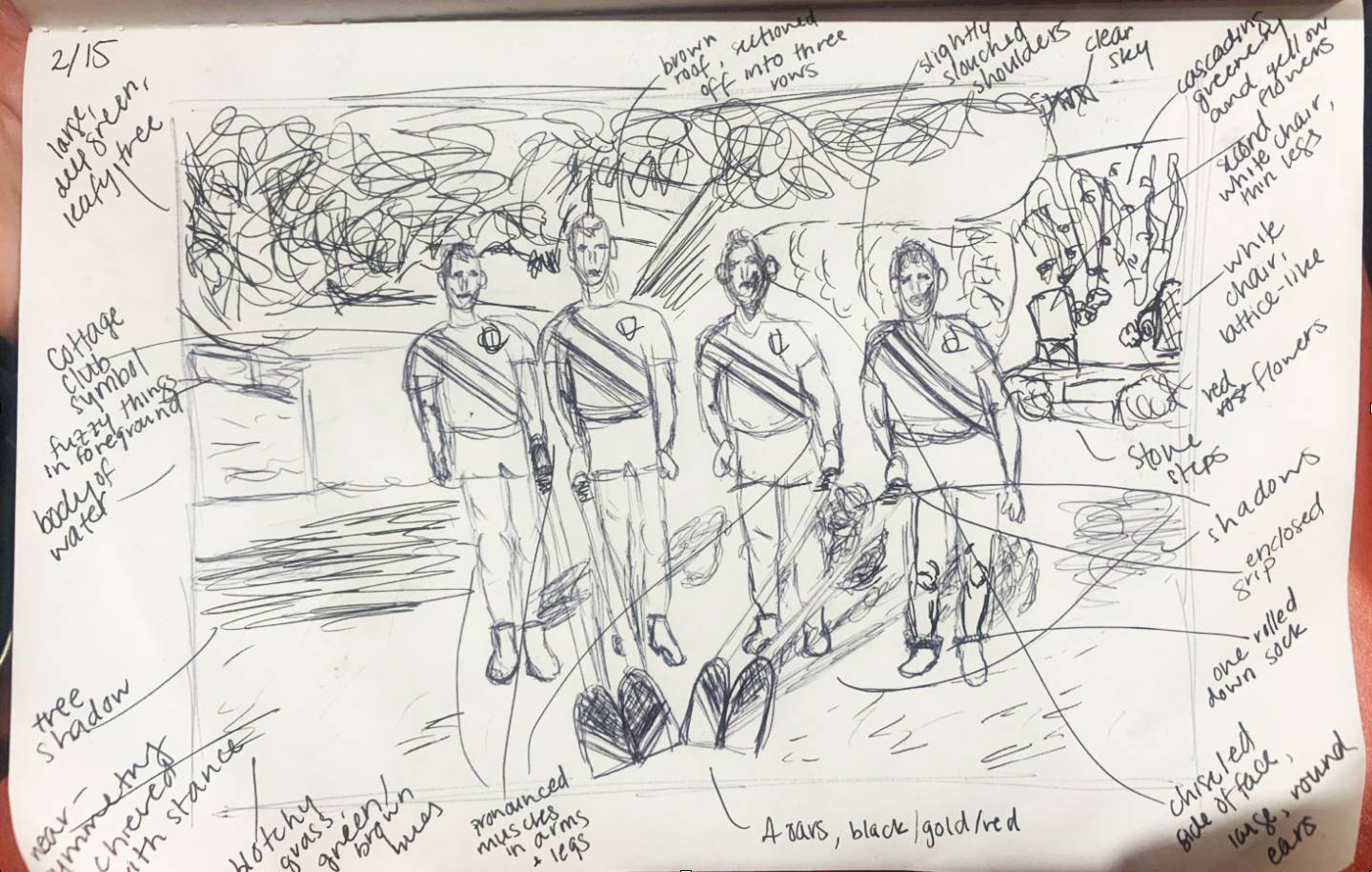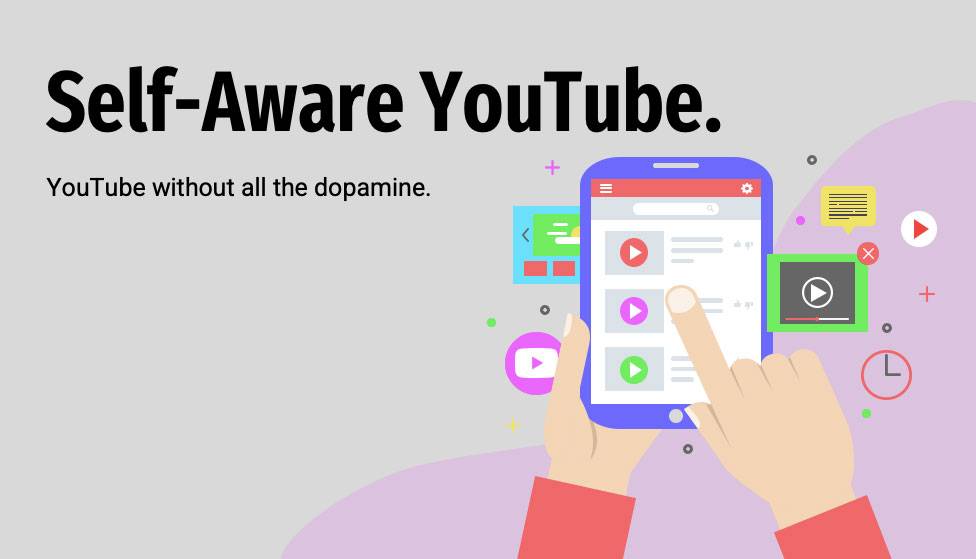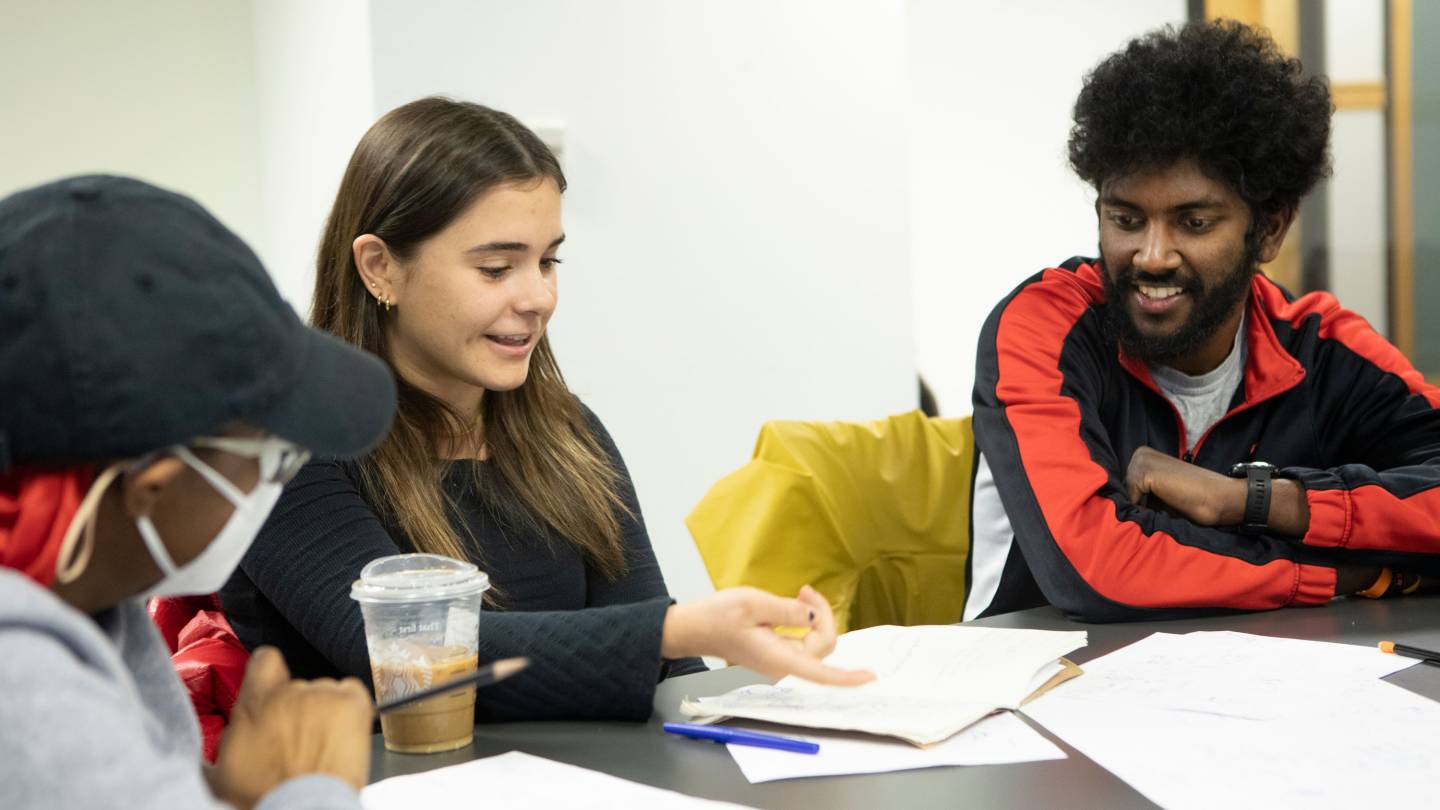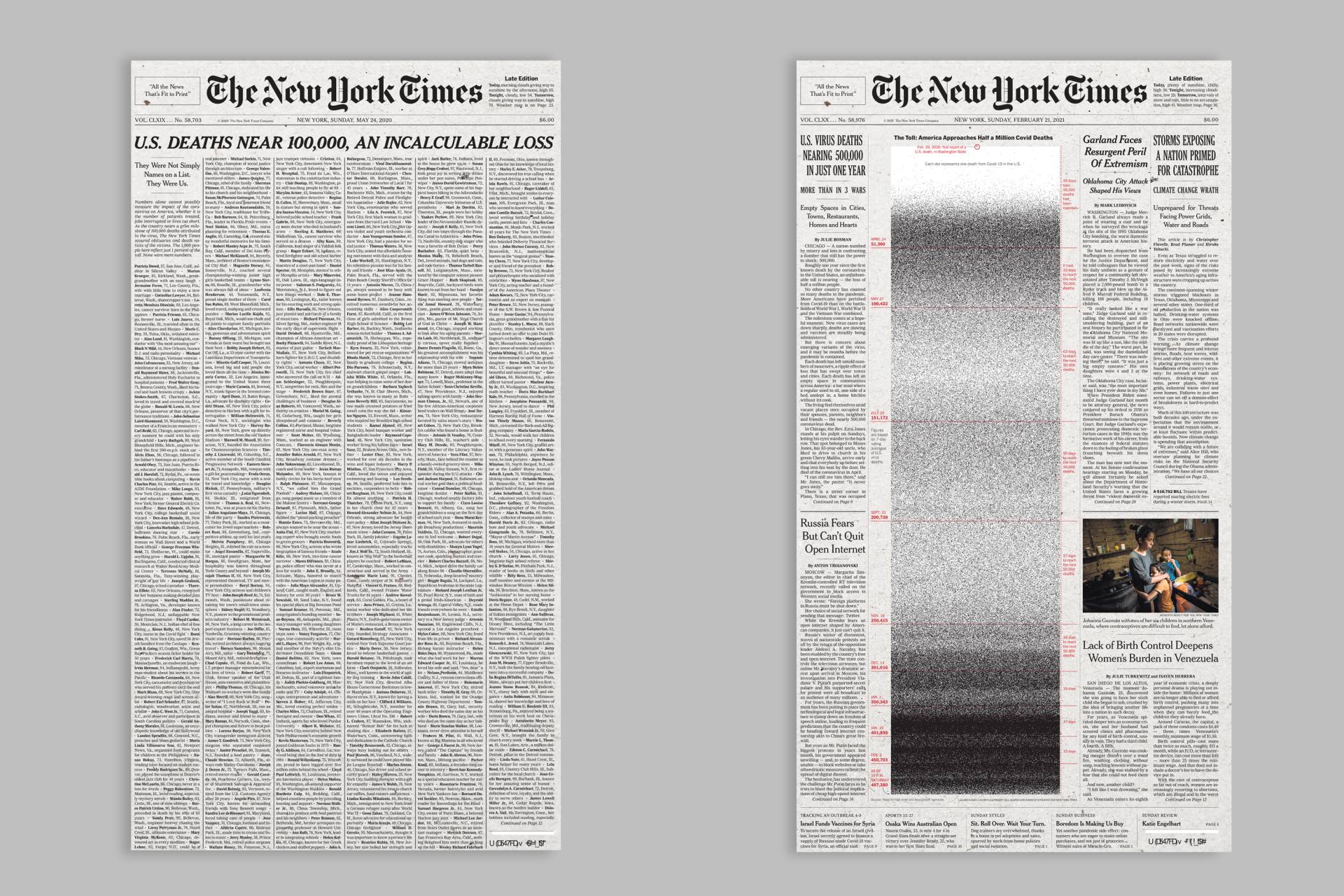Lucy Partman believes that sometimes you have to get as far away from technology as possible to hatch the next great innovation.
For the first assignment for her new course “Looking Lab: Experiments in Visual Thinking and Thinking About Visuals,” she told her students: Ditch your phone, walk away from your computer, choose one object — a real object, not a digital image — and look at it for 10 solid minutes. Then draw it — not as an artist would but just a simple sketch. Annotate it with details about its components like colors and materials. Then write one page about the experience.

Senior Mary Murphy, a concentrator in the School of Public and International Affairs, chose a 1959 photograph of Princeton rowers for one "close looking" assignment, noting details like the "one rolled down sock" worn by the rower at far right.
Partman’s “Looking Lab” is the first course at Princeton to marry the visual arts and entrepreneurship. In the first half of the semester, students learn the skills of “close looking” and research the experience of close looking itself; in the second half, they work in teams as entrepreneurs to design new tools to help people engage with the visual world and each other.
For that first assignment, one student chose a $20 dollar bill. Another picked a page from a knitting instruction book. Another looked at the movie poster for Quentin Tarantino’s “Once Upon a Time in Hollywood” on their dorm wall.
Lauren Howard, a member of the Class of 2022 and a mechanical and aerospace concentrator who also earned a certificate in creative writing, chose the cover of a 1979 paperback of Kurt Vonnegut, Jr.’s “Player Piano,” which has an illustration on it. She couldn’t believe how challenging the assignment was.
“After about two minutes, your brain thinks it’s already seen everything it needs to see,” she said. “At about five minutes, your eyes get less antsy, and suddenly you’re seeing things you didn’t notice before. Once those 10 minutes were up, I felt that my relationship with the visual world had shifted. I realized how rarely we take the time to truly look at something, and as a result there are so many facets of knowledge that we miss out on.”
That’s exactly what Partman, a lecturer in art and archaeology, wanted to happen.
“To look at and actively engage with one visual for 10 minutes can be tremendously — and suprisingly — uncomfortable!” said Partman, who earned her Ph.D. from Princeton in 2021. “Human vision has evolved to allow for quick and seemingly effortless interfacing with the visual world — but how does it work on us? Close looking is a way of thinking; they’re not separate things.”
The term “close looking” is borrowed from art history but Partman is working to reimagine it. She believes it can be valuable in all fields for collaboration and innovation, “and as a life practice,” she said.
Visuals as ‘a problem-solving approach’ to innovation
The students applied close looking and other visual thinking “experiments,” as Partman calls them, to their final projects.
Rob van Varick, a lecturer in the Keller Center for Innovation in Engineering Education and professional product designer, led a workshop on storyboarding — borrowed from advertising, film and many other fields — which uses visuals to tell stories in a business/pitch setting. In “Crazy 8's," students sketched eight different ideas — one minute per idea — to envision possible solutions to a problem their team had defined. In the “persona” experiment — used in fields ranging from website development to marketing — students drew their product’s potential users, depicting demographic and environmental details such as where they live, work or play.

The second half of the course is designed as an entrepreneurial incubator, where students work in small teams workshopping new tools and ventures. One team developed a plug-in to help YouTube users engage in a more active and self-aware way with the content they consume.
One team created a pitch for a consulting service to work with video game developers and companies to help them integrate tools to make games more accessible to players with visual impairments. Another designed a plug-in to help YouTube users engage in a more active, self-aware way with the content they consume.
Partman intentionally mixed students with different academic concentrations for the teams. Senior Mary Catherine Lorio (physics) said the visual elements of the persona experiment helped her and teammates Fahd Nasser (history) and Emmandra Wright (computer science) clarify the user experience for their project: a venture that acquires, produces and distributes physical objects for hands-on, multi-sensory learning in all different disciplines and levels.
“Each of us envisioned different users — teachers, parents and students,” she said. “We found it easier to communicate ideas by drawing them out rather than explaining them to one another. It was initially challenging but it was ultimately very rewarding. One ‘aha’ moment was when Emmandra pictured herself as a teacher in the classroom. As she explained what it was like for the students and teacher, we were able to draw out the situation and better understand how the product would be a helpful tool for different users.”
The course — which is cross-listed in visual arts, entrepreneurship, and art and archaeology — filled the day registration opened, with all but two of the 15 slots taken by seniors across STEM fields, the humanities and social sciences. Partman said that diversity of concentrations was what she’d hoped for.
“It was an incredible opportunity to think about big, real-world problems and questions with students who are about to graduate and go in all different directions,” she said. “I wanted to help them develop the ability to learn from and collaborate with people who have different background and specializations. Visuals can help you do that. And they allow you to see how the many parts of a whole interact and work together — that is a problem-solving approach in itself.”
To introduce the idea of visualizing knowledge across disciplines, Partman asked students to share a visual from their academic concentration.
Nasser shared “Black Power Salute,” a Life magazine photo of two American sprinters raising fists in the air at the 1968 Olympic Games. Senior Muhammad Umar (economics) showed a graph depicting how “choice overload” affects consumers. Senior Julie Shin (sociology) shared illustrations from a New Yorker article about Korean culture and names.
A true lab: ‘No lectures, no textbooks’
The students analyzed dozens of portraits of Frederick Douglass, one of the most photographed Americans of the 19th century. Guest speakers included Na Yeon Kim, a developmental cognitive neuroscientist at the California Institute of Technology. Readings ranged from Ralph Waldo Emerson’s 1836 essay “Nature” to the 1995 book “Thinking in Pictures,” by Temple Grandin, a leading designer of livestock equipment who self-identifies as autistic.

Partman intentionally mixed students from different academic concentrations for the final project teams. Seniors (left to right) Emmandra Wright (computer science), Mary Catherine Lorio (physics) and Fahd Nasser (history) developed a venture that acquires, produces and distributes physical objects for hands-on, multi-sensory learning in different disciplines and at different levels.
They visited the AccessAbility Center on campus, where Liz Erickson, director for disability services, and Brian Belcher, accommodations coordinator, explained the physical design of the space. Howard said it was her favorite day: “It was amazing to see how the visual cues and physical details were picked so that the space would be useful and comfortable for any body and any mind.”
Partman designed the course by borrowing tools and approaches from her own academic journey, which spans the arts, natural sciences and entrepreneurship.
After receiving conservatory training in the visual arts at LaGuardia High School of Music & Art and Performing Arts in New York City, she earned her bachelor’s at Yale University in biology and the history of art. Her dissertation at Princeton focused on the teaching practices of 19th-century educator and physician William Rimmer.
“Rimmer was an innovative educator, an artist, a physician-scientist and anatomist,” Partman said. “In order to unpack and think about what he was doing, I had to look at many different fields, which for him were all connected.”
“It's not about bringing STEM to the humanities or the humanities to STEM,” she said. “In the Looking Lab, we start with problems and bring together knowledge and methods from all different fields to develop new practices and solutions. The drawing part is borrowed from engineering and the visual arts, the lab notebooks students keep are like field journals anthropologists use, and so on.”
She continued: “There are no lectures, no textbooks, no ‘content dump.’ It’s a laboratory. We’re working together to ask questions, develop hypotheses, conduct experiments and create new tools.”
As a graduate student, postdoc and lecturer, Partman has been steeped in bringing the humanist’s perspective to entrepreneurship and experimental pedagogy at Princeton. She is actively involved with the Keller Center, the McGraw Center for Teaching and Learning, the Princeton Entrepreneurship Council, the Princeton Startup Bootcamp, the GradFUTURES program and the professional development team of the Graduate School.
“Many of the skills scholars develop — finding gaps in markets, dealing with vast amounts of ambiguity, building things from scratch — are those common to entrepreneurs,” Partman said. “I deeply believe that graduate students and Ph.D.’s can be agents of innovation, change and leadership inside and outside of academia.”
Creating a ‘lab community ethos,’ honing ‘close looking’ skills
On March 1, in a seminar room in Green Hall, the lab compared four versions of the front page of The New York Times: the May 24, 2020, print and digital editions, when the coronavirus death toll in the U.S. neared 100,000, and the Feb. 21, 2021, print and digital editions, when the U.S. death toll passed 500,000.
On the eve of midterms, Partman knew her students were stressed and tired. She also knew the subject matter of this lab session was dark and fraught. She began, as she did many lab meetings, with a check-in. She invited each student to describe a visual that represented how they were feeling that day.
Students had a mix of responses: “Jackhammer.” “Hiking uphill.” “Trudging through a snowstorm.”
This informal check-in is baked into the “lab community ethos” Partman sets in the syllabus. “Creating a safe space is one of the key elements of this course, so that we can question what we take for granted and explore what makes us uncomfortable,” she said.
The May 24, 2020, print version of the Times ran the names of the 100,000 dead, covering the whole front page, some followed by a tiny bio such as “Jorge F. Casals, 75, Manchester, Conn. Put himself through college.”
One student pulled up the digital version — which represented each death with 100,000 icons of a standing person, also interspersed with tiny bios — on his phone. “You can hover on each person, all the other people go away, and the bio of the person pops up,” he said. “It’s like an Instagram feed and you don’t want to stop. If you Google each person, you get an article about them.”
Partman passed around the Feb. 21, 2021, print version, which used a dot to represent each of the 500,000 deaths running the full-length of the page, like a cutaway into the core layers of the earth, with the darkest swath at the bottom.
She asked: “What do these visuals allow us to understand? Are they getting at some kind of feeling or emotion that a number is not going to capture?”
“Because it’s a newspaper, it has to be objective and data-driven,” one student said. “But the graphic is also emotional. It starts out light and gets so much darker. It’s like a sorrow.”
Another student observed: “Having spent two years with graphs in the pandemic, nothing summed it all for me as well as this single graphic. I got the gravity of the individual and of the group level. It’s really devastating.”

To explore the impact of the interplay of image and text, the lab compared the print and digital versions of the front pages of The New York Times, when the U.S. death count from the coronavirus pandemic reached 100,000 deaths and then 500,000. Partman asked: “What do these visuals allow us to understand? Are they getting at some kind of feeling or emotion that a number is not going to capture?”
Entrepreneurship incubator
Senior Riley Held (economics) was on a team with seniors Mary Murphy (School of Public and International Affairs) and Gabriella Carter (anthropology), who became an entrepreneur even before arriving at Princeton — she founded Growing with Gabby, which helps students secure scholarships.
Their project is an app called BePresent, which incentivizes people to put their phone away while they're out to eat with a group. Everyone turns on the app’s "engagement mode," which stays active — earning each member of the group credits that can be redeemed for deals offered by participating restaurant partners — until one member leaves the app.
“We think BePresent could be a great way to help families, friend groups and romantic partners connect with each other in conversation without the distraction of their devices and save some money along the way,” Held said. His interest in visual problem-solving and entrepreneurship was sparked his first year at Princeton in the Keller Center's eLab Accelerator program.
Partman said many students in the class said they would be excited to invest in and use BePresent if it came to market.
She will teach the course again in the fall, this time with 12 students: half seniors, half juniors. It filled quickly. Partman is excited to continue her experiment.
“Education primarily focuses on teaching people how to read, write and deal with numbers,” she said. “But what about learning how to look closely and critically at images, at the world around us, and at ourselves?"
"course" - Google News
June 22, 2022 at 02:01AM
https://ift.tt/DljgIPq
Inside 'The Looking Lab,' a Princeton course where visual arts spark entrepreneurial thinking - Princeton University
"course" - Google News
https://ift.tt/sGHaADJ
https://ift.tt/JXuYQfK
Bagikan Berita Ini














0 Response to "Inside 'The Looking Lab,' a Princeton course where visual arts spark entrepreneurial thinking - Princeton University"
Post a Comment